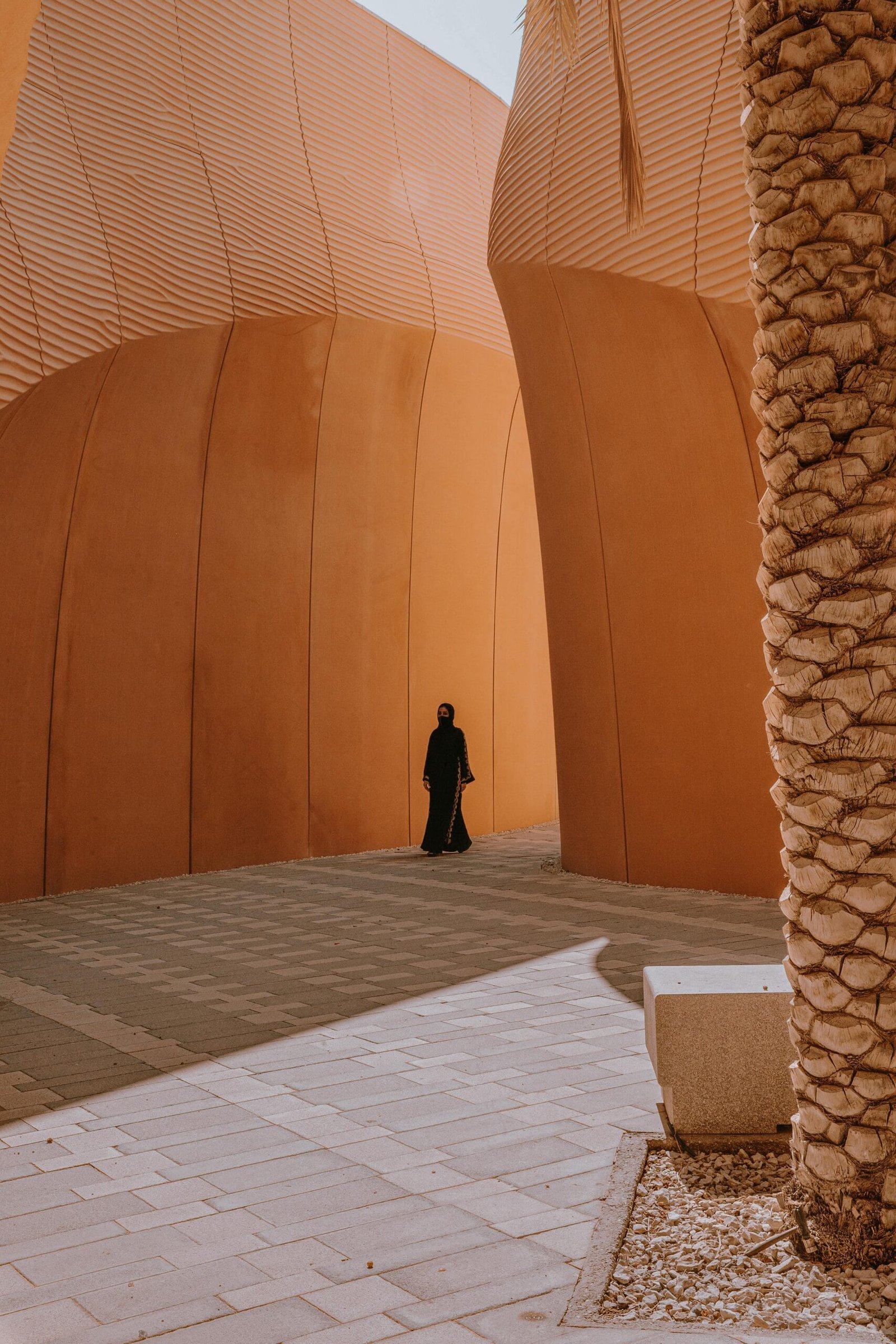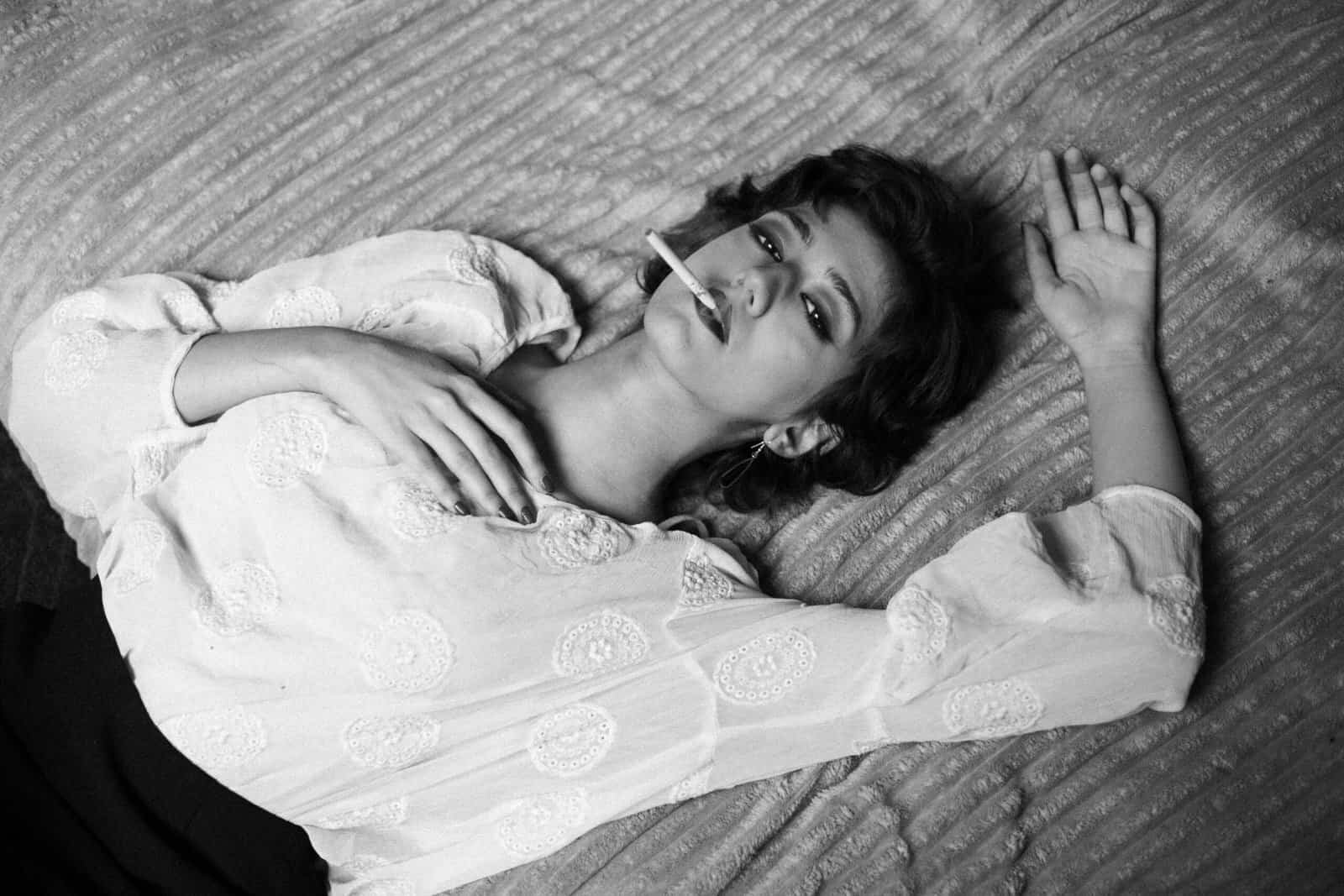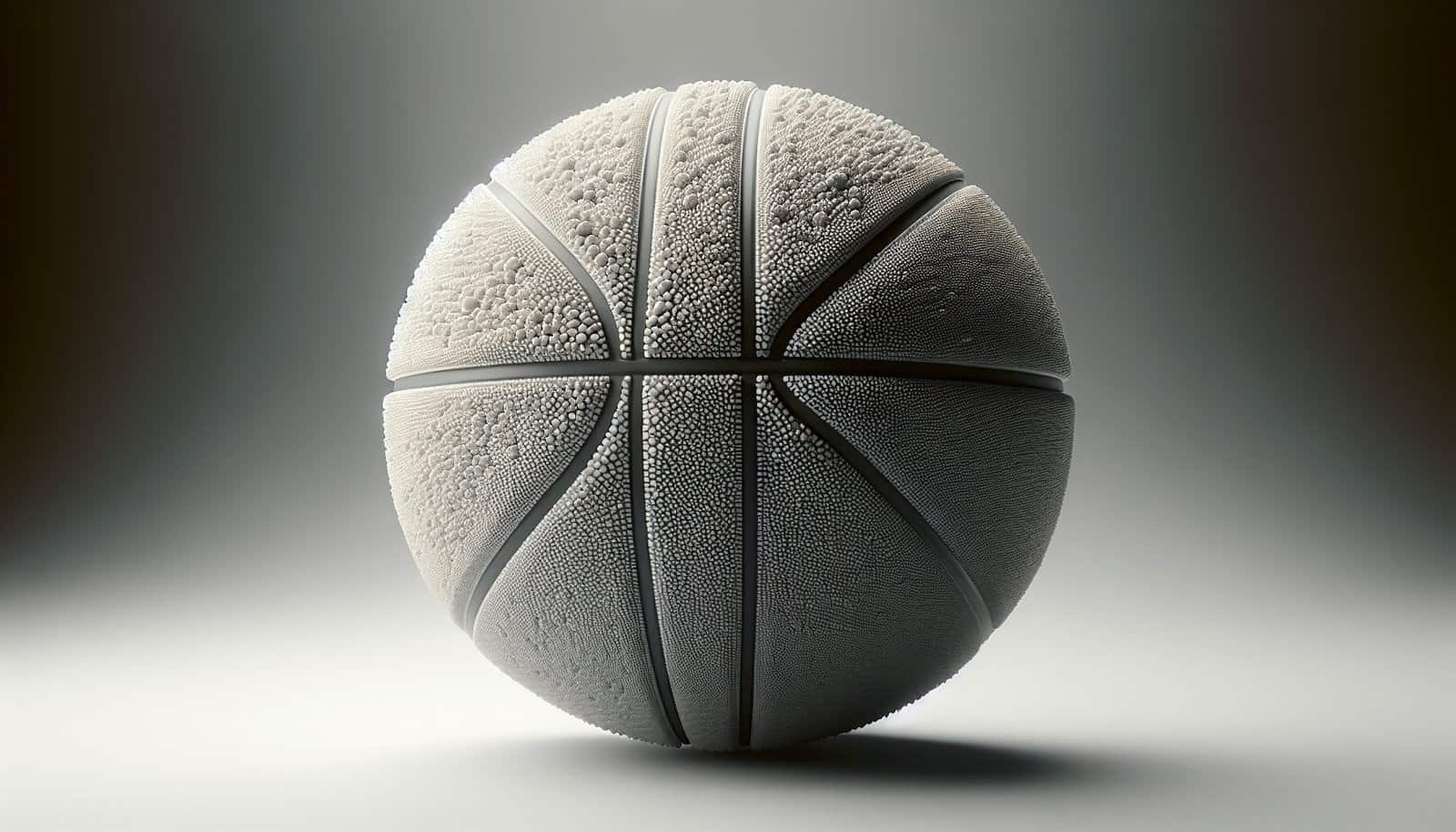Have you ever wondered how the texture of a basketball impacts your ability to dribble and shoot effectively? This question may not cross the mind of every player or fan, but understanding the intricacies of a basketball’s surface can provide insights into how you interact with the ball on the court. The texture of a basketball isn’t just a matter of design or aesthetics; it plays a pivotal role in your game performance, influencing grip, control, and even the ball’s response to your movements.

Understanding the Basics of Basketball Texture
The texture of a basketball is more than just its tactile feel; it includes the material, pattern, and structure that make up the ball’s surface. Standard basketballs are made using various materials like leather, synthetic compositions, or rubber, each having distinct characteristics that affect gameplay.
Materials Used in Manufacturing Basketballs
Leather: Traditional leather basketballs are often used in professional leagues. They offer an excellent grip and soft touch but require a break-in period to reach optimal performance. Leather basketballs are typically used indoors and fare best in controlled environments where they won’t be exposed to elements that could accelerate wear and tear.
Synthetic Leather: A more versatile option, synthetic leather basketballs are designed to emulate the feel and performance of leather without the need for extensive break-in. These are suitable for both indoor and outdoor play and tend to be more durable and weather-resistant than natural leather.
Rubber: Typically used in basketballs designed for outdoor courts, rubber offers durability and significant resistance against rough surfaces. It does, however, usually lack the soft feel and fine grip that leather or synthetic leather might provide.
Advantages and Disadvantages
| Material | Advantages | Disadvantages |
|---|---|---|
| Leather | Superior grip, soft touch | Requires break-in, less durable outdoors |
| Synthetic Leather | Versatile, durable, grip-friendly | May vary in feel from leather |
| Rubber | Highly durable, weather-resistant | Less soft, can feel bouncy |
How Texture Affects Dribbling
When it comes to dribbling, the texture of the basketball influences your control over the ball. The material, density, and pattern of the surface determine how well the ball grips or slips in your hand.
Grip and Control
The raised bumps or pebbles typically found on a basketball’s surface help improve grip. These pebbles allow you to maintain contact with the ball, providing more precision when maneuvering. A ball with too smooth a surface can be challenging to control, especially when you’re trying to make quick, agile moves.
Elements Influencing Grip
- Pebbling: The small projections on the surface, known as pebbling, enhance grip. The finer the pebbling, the better the traction between your hand and the ball.
- Moisture Absorption: Leather basketballs generally absorb moisture from sweat, which can enhance grip compared to non-absorbent rubber balls.
- Surface Heat: Playing outdoors might cause the ball surface to heat up, affecting its texture. Rubber surfaces may become slick, reducing grip as compared to cooler indoor play environments.
The Bounce Factor
The responsiveness of a basketball to your dribbling actions depends on its texture. A well-textured ball will bounce predictably, allowing you to anticipate its movement correctly. If the texture is inconsistent, the ball might not bounce as expected, leading to miscalculations in timing and control.
The Role of Texture in Shooting
When it comes to shooting, texture influences both the grip and the spin you apply to the ball. Achieving optimal shooting arc and accuracy requires a keen understanding of how the ball behaves upon release.
Grip for Shooting
Just as with dribbling, the grip is essential for shooting. Texture assists you in holding the ball firmly, ensuring that it does not slip from your hands during the shooting action. A better grip translates into a more fluid release, which is crucial for precision in shooting.
Applying Spin
The ability to apply spin when shooting can make the difference between a successful shot and a miss. Spin helps the basketball maintain its trajectory and can alter its path through the air. Textured surfaces enhance your control in imparting the ideal backspin on the ball. The surface texture provides the friction needed to apply spin, helping in stabilizing the ball’s motion mid-air.
Shooting Techniques Enhanced by Texture
- Backspin: Essential for controlling the ball’s bounce upon hitting the rim, pebbles on the basketball’s surface contribute friction necessary for creating backspin.
- Release Control: Proper texture helps maintain finger contact during release, allowing for improved accuracy.
Variability in Indoor and Outdoor Basketballs
Your playing environment significantly influences how the texture of a basketball impacts performance. Indoor and outdoor basketballs are designed differently to accommodate their respective settings, affecting their texture and longevity.
Indoor Basketballs
Indoor basketballs, often made of leather or premium synthetic materials, have a finely tuned texture for maximum grip and control. These balls perform best on hardwood or smooth court surfaces where their grip can be fully utilized without excessive wear.
Outdoor Basketballs
Designed to handle rougher surfaces, outdoor basketballs typically feature a rubber material that’s tough and long-lasting. While offering excellent durability, these basketballs may sacrifice some level of grip and touch sensitivity found in their indoor counterparts.
Differences in Texture Adaptation
- Durability: Outdoor balls have a more robust texture to withstand asphalt and concrete, which can sometimes lead to reduced finesse.
- Environmental Influence: Moisture and temperature variability significantly impact outdoor basketball texture, potentially affecting performance.

Maintenance and Effects on Texture
Maintaining the texture of your basketball is crucial for maximizing performance over time. Proper care can prolong the lifespan of a basketball’s surface texture, ensuring consistent gameplay.
Caring for Your Basketball
Cleaning: Regularly clean the basketball’s surface with a damp cloth to remove dirt and grime that can degrade its texture. Avoid soaking as excessive water can damage the material.
Proper Storage: Store your basketball in a dry place away from direct sunlight. Extreme heat or cold can alter the material, affecting texture and performance.
Checking Air Pressure: Keep your basketball properly inflated. Incorrect air pressure can adversely impact the ball’s texture, affecting bounce and grip.
Replacing Worn Balls
Knowing when to replace your basketball is vital. As the texture wears down, grip decreases, which can seriously affect both dribbling and shooting performance. Look for signs like smooth patches where pebbling has worn off or issues with maintaining air pressure.
How Texture Evolves in Professional Play
In professional basketball, the choice of ball and its texture can significantly impact the game. Organizations like the NBA use high-quality leather basketballs that provide the best possible grip and feel. The texture is meticulously designed to enhance the skills of players at the highest level.
Standards and Innovation
Professional associations set standards for the basketballs used in official games, often pushing manufacturers to innovate in material technology and texture design. This innovation trickles down to consumer markets, impacting the variety and quality of basketballs available for amateur play.
Feedback from Professional Players
Player feedback is central to texture adaptation in professional play. Many players have specific preferences for texture, as it influences their touch and control. Over time, this feedback can lead to incremental changes in the way basketballs are designed and manufactured.

Psychological Effects of Basketball Texture
Beyond physical performance, texture also has psychological implications. The comfort and confidence a player feels when handling a well-textured ball can mentally enhance their game. A trusted texture can improve mental focus and reduce errors caused by anxiety or doubt in grip instability.
Confidence and Comfort
A consistent texture invokes a sense of familiarity and trust. Knowing exactly how a ball will react under your hands allows you to focus more on strategy and execution rather than uncertainty over ball handling.
Reducing Anxiety
The psychological assurance of a reliable grip can lower stress and allow for free, unhindered motion. This mental edge can be crucial in high-pressure moments, such as last-second shots or competitive free throws.
Tips for Choosing the Right Basketball
Your personal playing style and typical environment will dictate what texture you should look for in a basketball. Here are some tips to help you choose:
Consider the Playing Surface: Select a ball that’s best suited for your playing environment. If you mainly play indoors, a leather or high-quality synthetic option is ideal. For outdoor play, opt for durable rubber.
Match the Size and Weight: Ensure the ball’s size and weight are suitable for your age and level. A proper fit helps you get the most out of the ball’s texture.
Test the Grip: Feel the ball in hand before purchase, focusing on how the texture interacts with your fingertips. Choose a texture that feels comfortable and manageable.
Balance of Durability and Performance: Find a ball with a good balance between longevity and the performance-enhancing texture. Consider that sometimes investing in a higher quality ball can improve gameplay and last longer.
Brand and Model: Lastly, consider trusted brands that offer consistent quality and innovation in their basketball designs.

Conclusion
Texture is a fundamental aspect of basketball design, impacting everything from dribbling precision to shooting accuracy and even the psychological comfort of players. Understanding the role texture plays in basketball can enrich your appreciation of the game and enhance your personal performance on the court. Whether you’re playing for fun, training for the next big match, or discovering new techniques, paying attention to the texture of your basketball could be the element you need to elevate your game.
